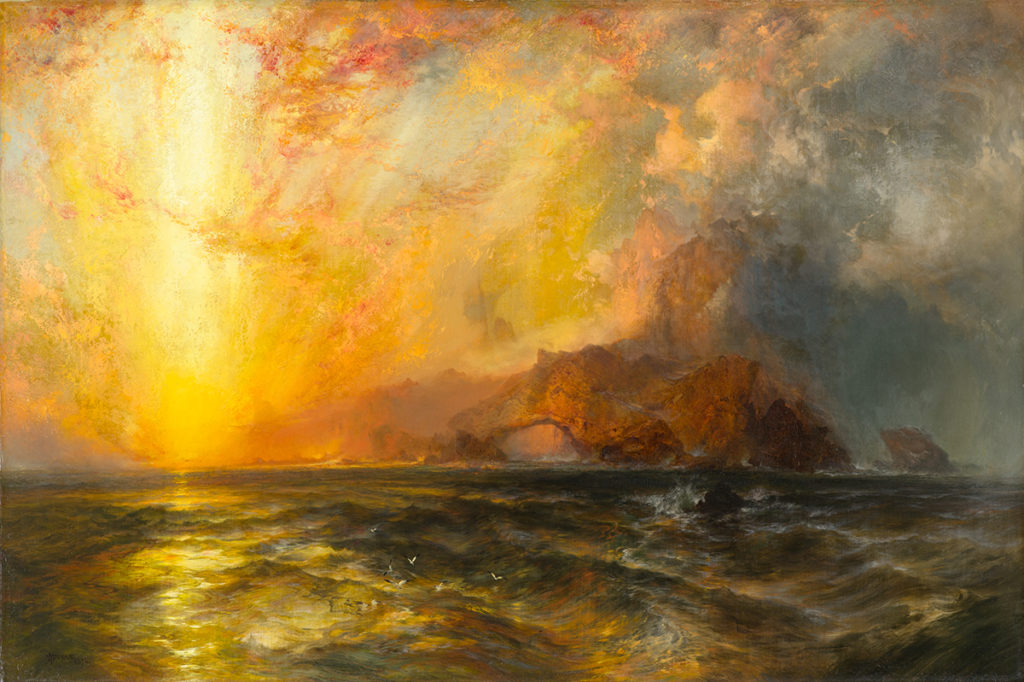We weep for the brokenness in our world. Our refusal to be comforted is our insistence that we can create a better, more just future. View the study sheet here. Watch the recording here.

As I was preparing this week’s Torah study sheet, my wife Ana entered our study and said, “Look out the window.” Across the street a young woman was pacing back and forth. She was coughing, repeatedly. In her hands was some kind of pipe. Her coat was off, lying in the bushes, though it was 42 degrees. She was talking, anxiously, to no one we could see. After several minutes she crossed the street, turned the corner and left our sight. She was gone.
To live in the city is to have the opportunity to have unplanned encounters with others. Many others. Several times over the course of a day. In the city one’s own, exclusive space is small. One step out of our doorway and we enter into public space. We never know what, or whom, we will experience. We plan our outings – shopping, doctor appointments, post office – but most of what we encounter is a surprise. These surprises, each one, present us with a choice: to look away or to notice. To harden ourselves or to sensitize ourselves, especially to the weak, the hurting, the vulnerable.
Torah trains us in how to look at others. It is a way that can involve short-term discomfort but promises long-term wholeness. The language of Torah is not that of doctrine, theory or belief with their presumed certainties. It is that of story, fraught with remembrances and with what has been forgotten. We read the stories again and again each year not for the familiarity that might comfort us but for the unfamiliarity that can disturb us.
Rachel dies while in labor. Breathing her last, she names the child Ben-oni (“my sorrow’s child”). She is buried not in a cave, but along the road to Ephrath (Bethlehem). Centuries later the prophet Jeremiah would recall her anguish in order to provoke the people of Jerusalem into an awakening. The city and its citizens had become cynical, uncaring and selfish. Such indifference to those in need could only end in the city’s destruction and exile of its people. Jeremiah cries out about this loss: “Rachel is weeping for her children; she refuses to be comforted for her children.”
This refusal to be comforted is both an expression of profound grief and a call for the people to atone and reconstruct themselves for the sake of a different future. In the middle of this tragic estrangement lies the possibility of renewal. Jeremiah proclaims, “Restrain your voice from weeping. Your work will be rewarded. There is hope for your future. Your children will return to their framework.”
The fatal error of removing spiritual values from life in the civic center can be corrected. The experience of the sublime can be suffused into the experience of the mundane.
The nineteenth century painter Thomas Moran was a confluence of artistic styles. Born in England in 1837, he came as a young child to America. Drawn to paint the grandeur of the Rocky Mountains and other Western locations, he also returned again and again to capture the ephemeral vistas he experienced in the Hudson River Valley. Respectful of artistic traditions that preceded him, he was at the same time a committed innovator.
His painting “Fiercely the red sun descending/Burned his way along the heavens” takes its title from a poem by Henry Wadsworth Longfellow. It is a visual piece that looks both back and forward in its artistic styles. The detail of an arch pays homage to elements in European classical art. The play of light and color, the Romantic appeal of the sublime that were hallmarks of J. M. W. Turner are in masterful display here. The application of darker colors to the river landscape identifies the influence of Luminism, a style dominant among the Hudson River school of painters during the period 1830-70. Yet, something else makes an appearance on the canvass. Expressive and imprecise brushstrokes evoke Impressionism, which was just ascending in Europe when Moran painted his piece in 1875.
“Fiercely the red sun descending/Burned his way along the heavens” fuses two perspectives: Luminism’s focus on the awe-inspiring sublime dimension present in eternal nature and Impressionism’s sensitivity to the fleeting present and one’s subjective experience of it. There are in the painting elements that hint of an ominous power with the potential to wreak havoc, while others celebrate renewal, calm and peace. Moran presents us with a world that is both ephemeral and eternal, full of loss and full of hope. There is danger, and there is redemption.
Outside my door all of that is present. Our weeping for the brokenness on our streets becomes a source of power to create a better, more just future, if we refuse to be comforted.
Join us here at 7:00 p.m. (PT) Thursday December 8 as we explore refusing to be comforted.








